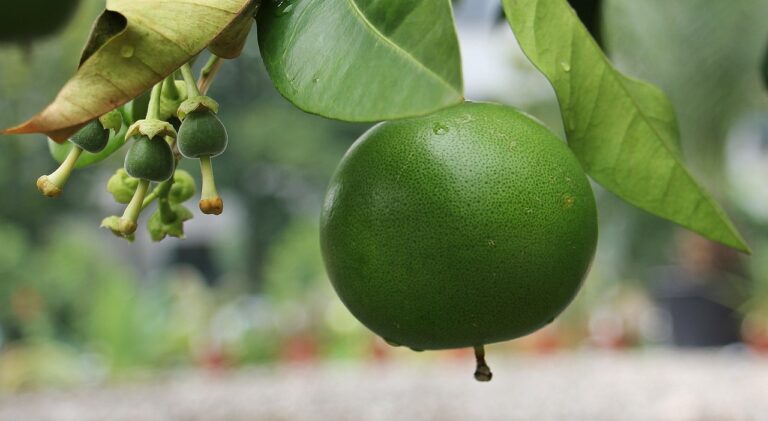Exploring the Future of Cultivated Seafood
Cultivated seafood holds immense promise as a sustainable solution to meet the increasing global demand for seafood. With advancements in aquaculture technology, cultivated seafood offers a way to alleviate the pressure on wild fish stocks and mitigate the negative environmental impacts associated with traditional fishing practices. The ability to control the entire production process, from hatching to harvesting, allows for improved efficiency and quality control in cultivated seafood production.
Furthermore, cultivated seafood presents opportunities for innovation in the food industry by providing a platform for the development of new and diverse seafood products. This innovation can cater to changing consumer preferences, such as the demand for plant-based alternatives or exotic seafood varieties. The potential for cultivated seafood to be produced closer to urban centers also reduces the carbon footprint associated with transportation and distribution, making it a more sustainable option for consumers concerned about environmental impact.
Benefits of Cultivated Seafood
Cultivated seafood offers a sustainable alternative to wild-caught seafood, helping to alleviate pressure on natural marine populations. By farming seafood in controlled environments, the industry can reduce overfishing and minimize damage to marine ecosystems. This not only supports the conservation of marine biodiversity but also promotes ethical and environmentally-friendly practices within the seafood industry.
Additionally, cultivated seafood provides a consistent and reliable food source, contributing to global food security. With the ability to control factors such as feed quality, water quality, and growth conditions, cultivated seafood producers can ensure a steady supply of high-quality seafood throughout the year. This reliability is beneficial for both consumers and businesses that rely on seafood as a staple food source or key ingredient.
Challenges Facing Cultivated Seafood Industry
One of the key challenges facing the cultivated seafood industry is the high upfront costs associated with setting up and operating indoor aquaculture facilities. The need for specialized equipment, such as recirculating aquaculture systems and water treatment technologies, can require significant financial investment. Additionally, ongoing operational costs, including energy and labor expenses, can further strain the financial resources of seafood cultivators.
Another obstacle the cultivated seafood industry must navigate is the lack of consumer awareness and acceptance of alternative seafood sources. Many consumers are still unfamiliar with cultivated seafood options and may be hesitant to embrace them due to concerns about taste, texture, and sustainability. Educating the public about the benefits of cultivated seafood and addressing misconceptions will be crucial in expanding market demand for these products.
What is the potential of the cultivated seafood industry?
The cultivated seafood industry has the potential to meet the growing demand for seafood while reducing pressure on wild fish stocks.
What are some benefits of cultivated seafood?
Some benefits of cultivated seafood include reduced environmental impact, consistent quality and supply, and the ability to control production conditions for improved safety.
What are some challenges facing the cultivated seafood industry?
Challenges facing the cultivated seafood industry include high production costs, regulatory hurdles, consumer acceptance, and competition from traditional seafood sources.







